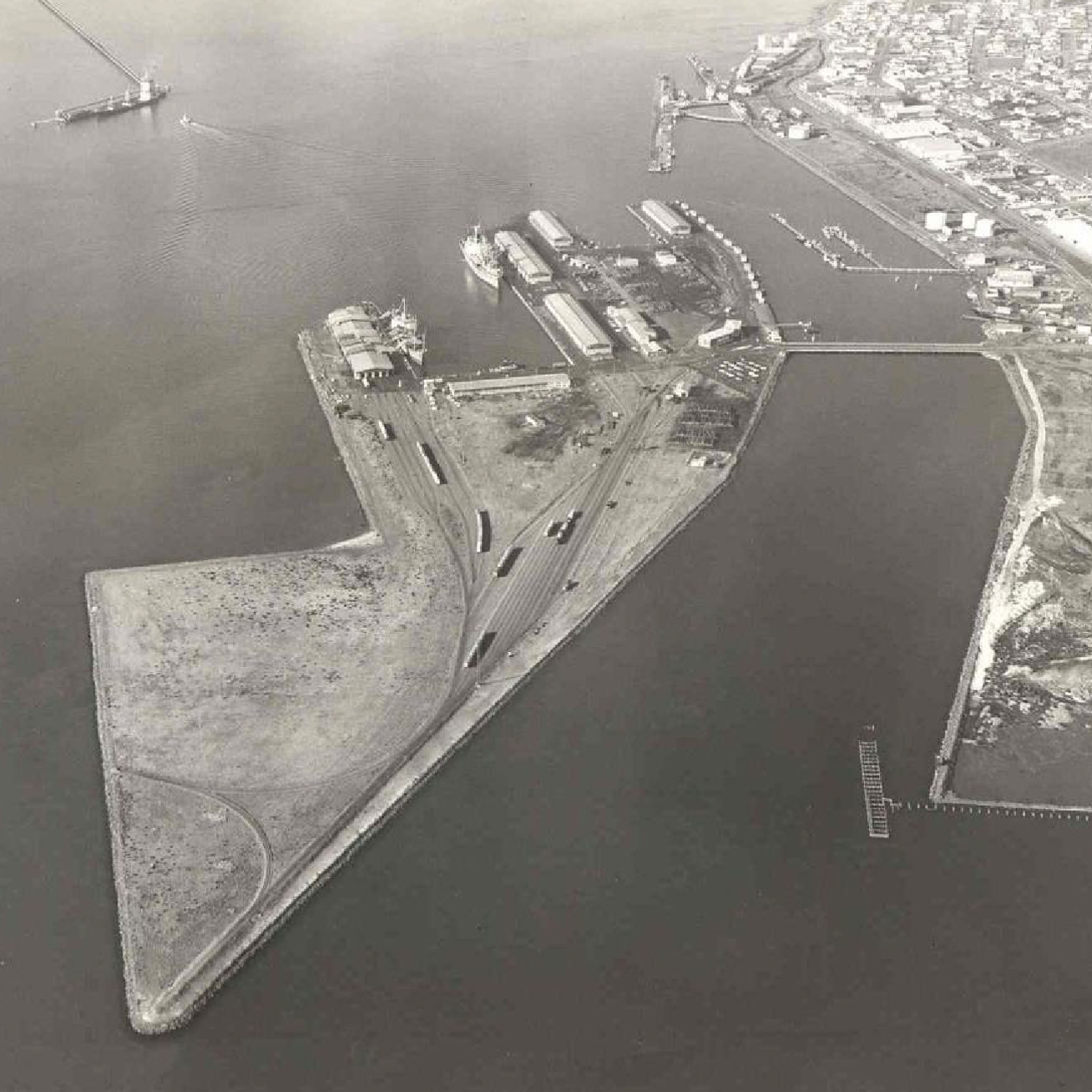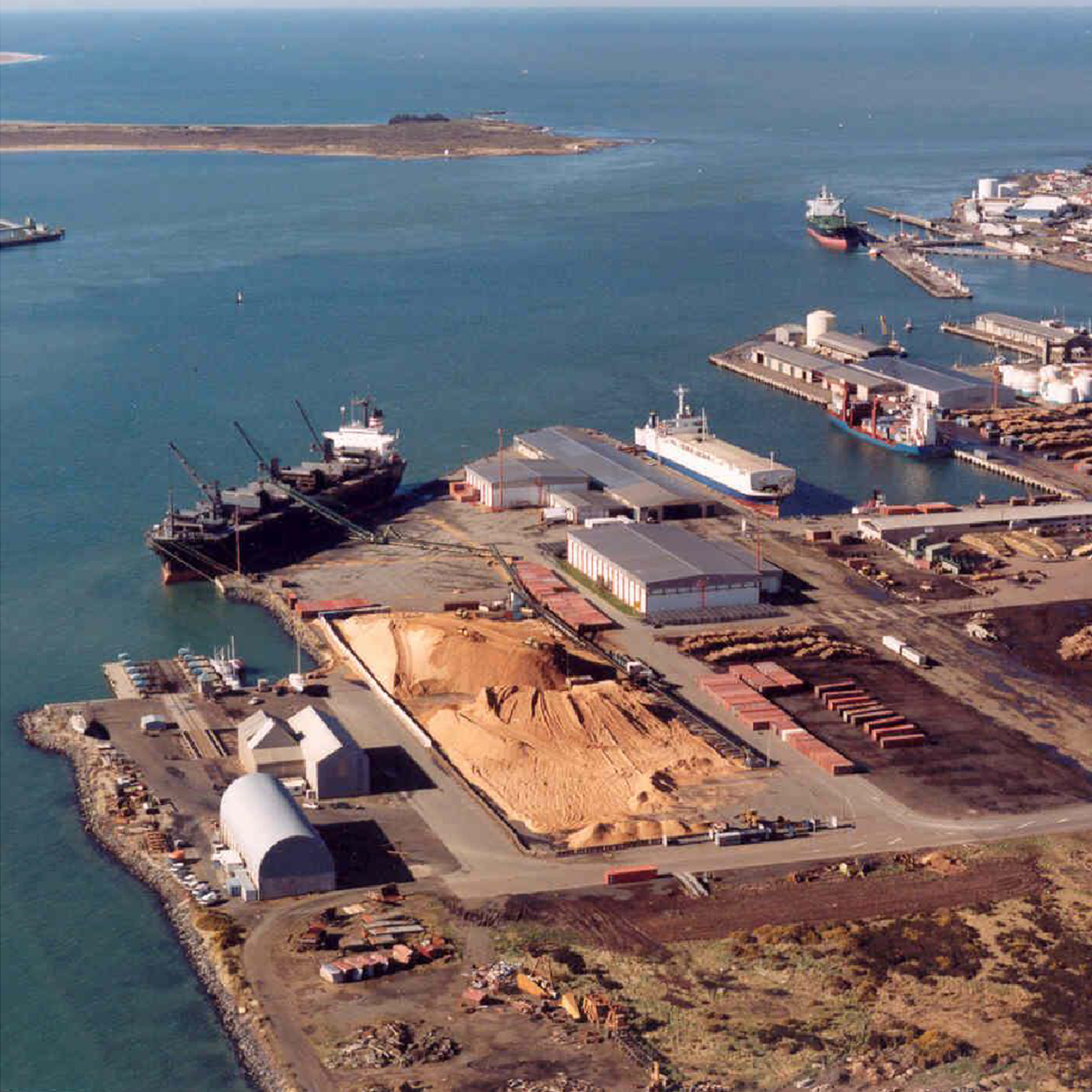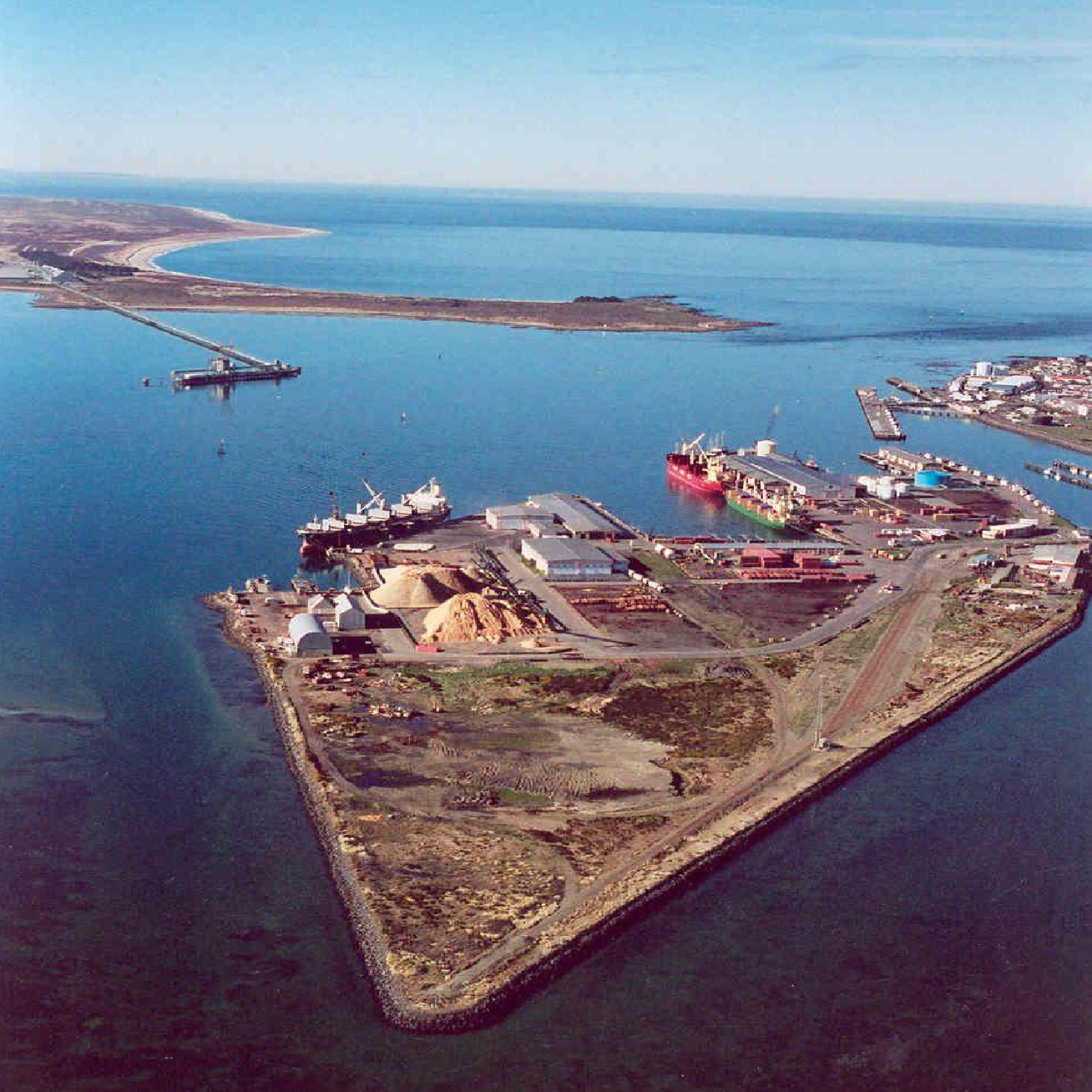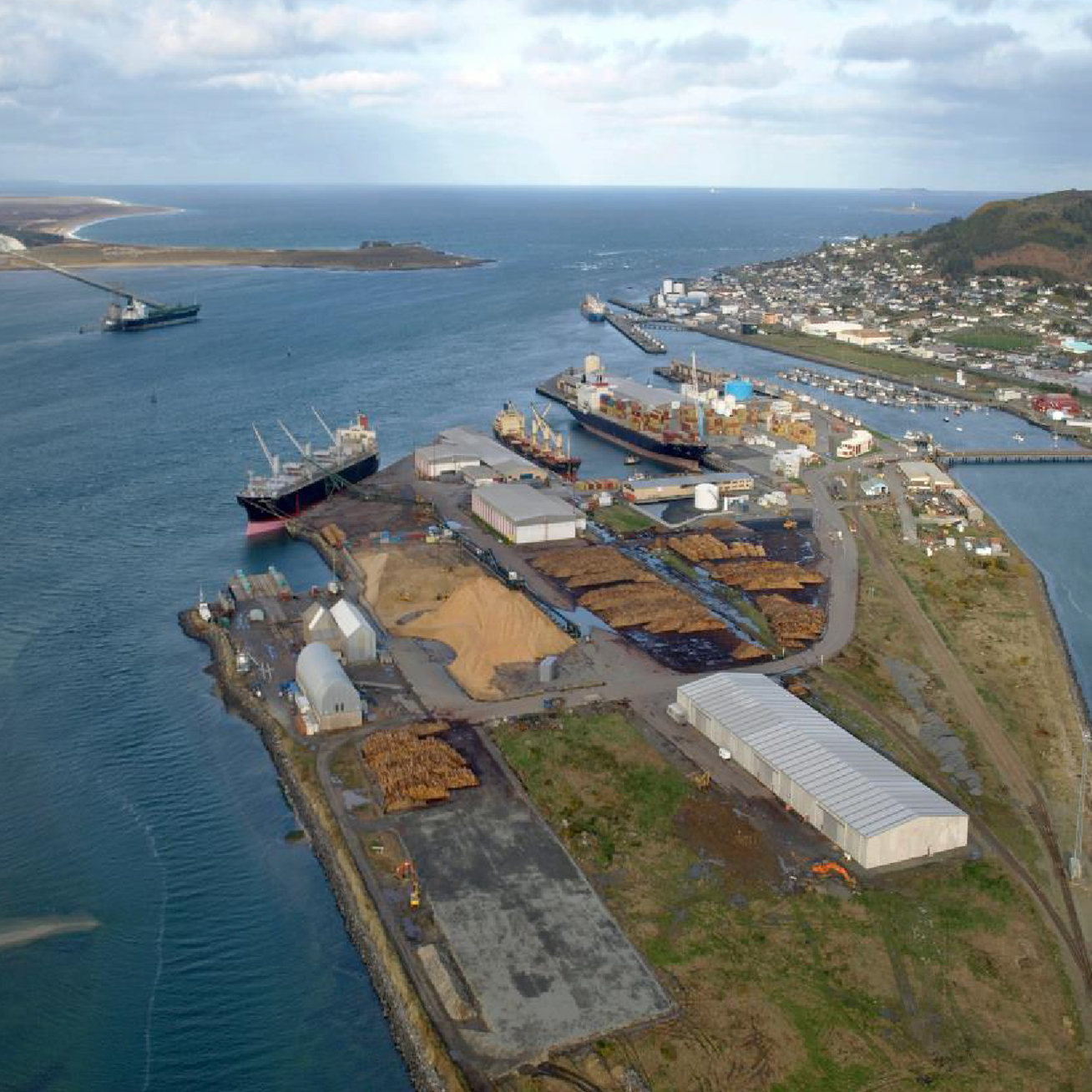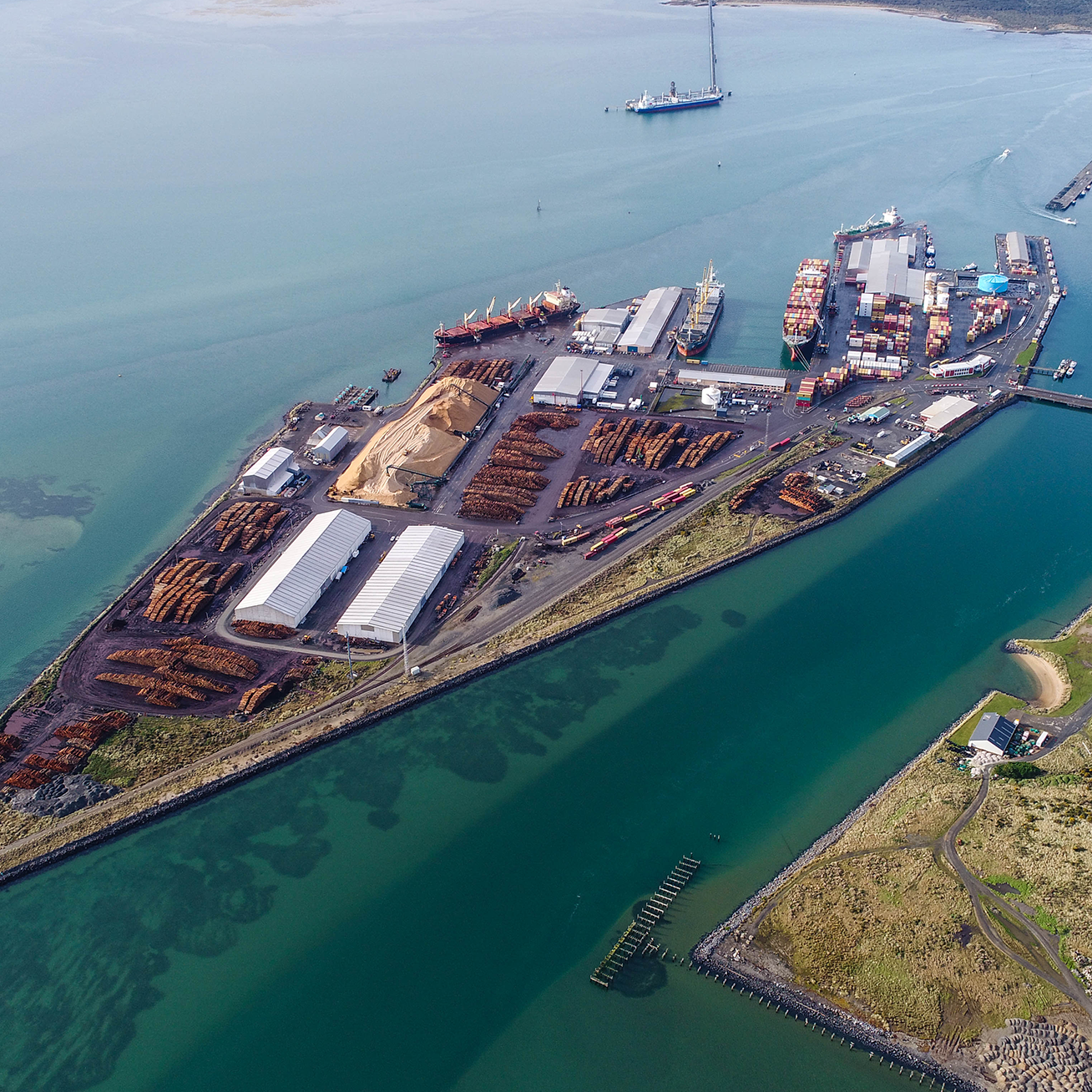It is situated in the rich productive province of Southland, which is responsible for generating a sizeable proportion of New Zealand’s total exports by value. The region’s major cargo producing sites are all situated within 30 to 80km of the Port.
The Port of Bluff has been operating since 1877, while the Company was formed in 1988, having taken over the assets and liabilities of the former Southland Harbour Board.
South Port was listed on the New Zealand Stock Exchange (NZX) in 1994 and has Environment Southland, the region’s local government environmental agency, as its 66% majority shareholder. It is the only Southland-based company listed on NZX.
South Port established its off-port Intermodal Freight Centre (IFC) in July 2016. Strategically located adjacent to the KiwiRail railhead in Invercargill, the IFC allows importers and exporters in the Southland and Otago regions to distribute their products in a timely and efficient manner.
South Port is one of the major employers in the region, governed by a Board of six Independent Directors and employing more than 120 full-time equivalent staff.
The Port handles over 3.4 million tonnes of import and export cargo in a normal trading year, offering full container, break bulk, and bulk cargo capability, and services the main following cargoes:








South Port prides itself on delivering quality results through quality people. The Port is headed up by the Leadership Team, who are:
South Port is governed by a Board of 5 Independent Directors and 1 non Independent Director. There is also 1 Intern Director. They are:
The Port of Bluff has been operating since 1877. The company South Port New Zealand Ltd was formed in 1988, having taken over the assets and liabilities of the former Southland Harbour Board.
The construction of the current form of the Island Harbour was completed in two stages and if the total development cost is converted into today’s dollars then it would equate to an estimated $255 million of capital. This remarkable 1950’s engineering project turned a barely visible sandbank in the Bluff Harbour into 8 berths and 40 hectares of modern port infrastructure.
At a Special Meeting of the Bluff Harbour Board (name subsequently changed to Southland Harbour Board in 1958) held on 17 April 1952 it was agreed to proceed with a plan devised by the Board Engineer, D.E.S. Mason, to build a man-made island for port expansion. The island would take advantage of a submerged sandbank. Coincidentally, in 1878 Sir John Coode, an English Civil Engineer, was employed by the NZ Government to report on the future of NZ harbours, and a similar idea to use the sandbank was mooted in his report. The island would consist of 8 new berths and 110 acres (44.5 ha) of land for storage sheds, offices, railways etc. at an estimated cost of £4 million ($8 million). It was later agreed to proceed with the project in 2 stages. Stage 1 would provide 5 berths on an island of 84 acres (34 ha) at a total cost of £3,536,000 ($7,072,000), Stage 2, for the 3 remaining berths could come later.
The Government of the day passed the Bluff Harbour Improvement Bill on 3 October 1952 but refused to help with the cost of the project. A subsequent poll of ratepayers held on 13 December 1952 favoured the raising of a loan. In 1953 the first loan was opened for public subscription and after 13 issues the target of £3,536,000 ($7,072,000) was raised with 90% of loan money subscribed by Southland residents.
Tenders were called for Stage 1 on 4 August 1955 and on 1 May 1956, a tender of £3,221,438 ($6,442,876) was accepted from the French firm Societe Nationale de Travaux Publics (S.N.T.P.). Work began in September 1956 with the construction of a temporary bridge to the future island. Rock was dumped off the sea end of the bridge and so the start of the rubble retaining walls commenced which would spread out laterally to outline the perimeter of the island. At the same time, protective steel pilings were driven in around the berths and sand was then pumped by a cutter suction dredge into the area enclosed by the retaining wall and pilings. As work progressed coffer dams held back the sea while the quay walls were concreted. These were later removed and the berths flooded.
On 24 June 1960, the main contract for the construction of the Island Harbour was completed. At this stage, there were no buildings on the Island. A tender was accepted from P. Graham & Son Ltd of Christchurch for construction of the cargo sheds, the No. 1 Shed being completed in time for the official opening on 3 December 1960.
The Company, its customers and the people of the region are extremely fortunate that they will continue to enjoy the value created through the establishment of the Island Harbour. In relation to this development, the foresight, tenacity and hard work of previous Southland generations should be acknowledged.
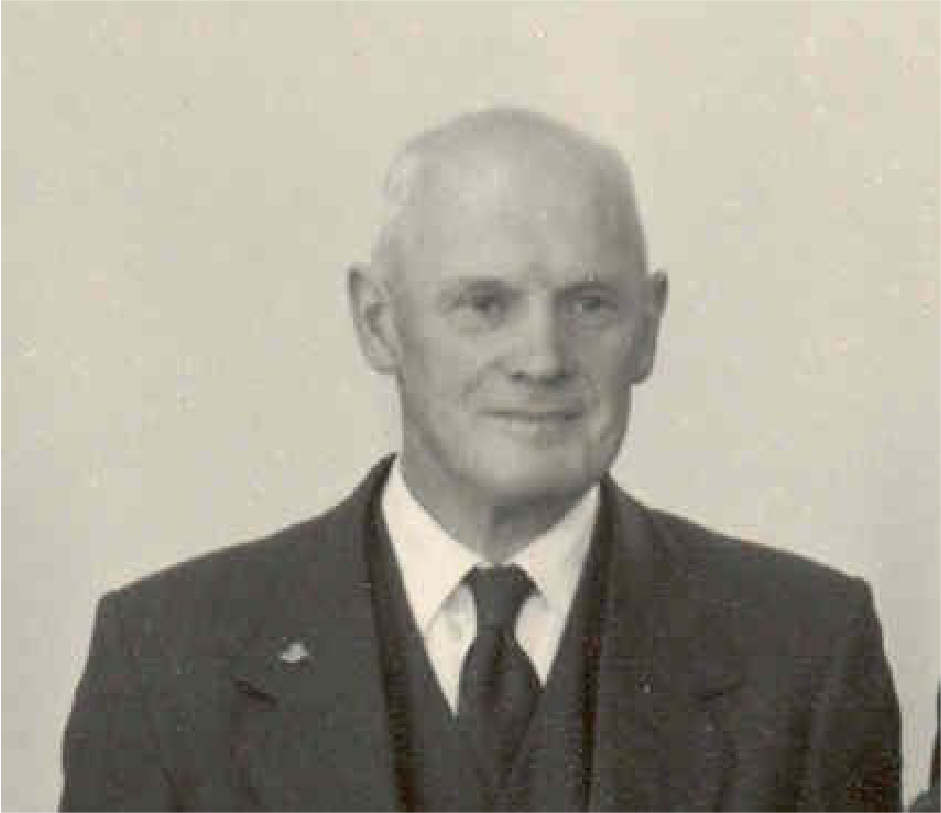 D.E.S Mason, Harbour Board Engineer
D.E.S Mason, Harbour Board Engineer

